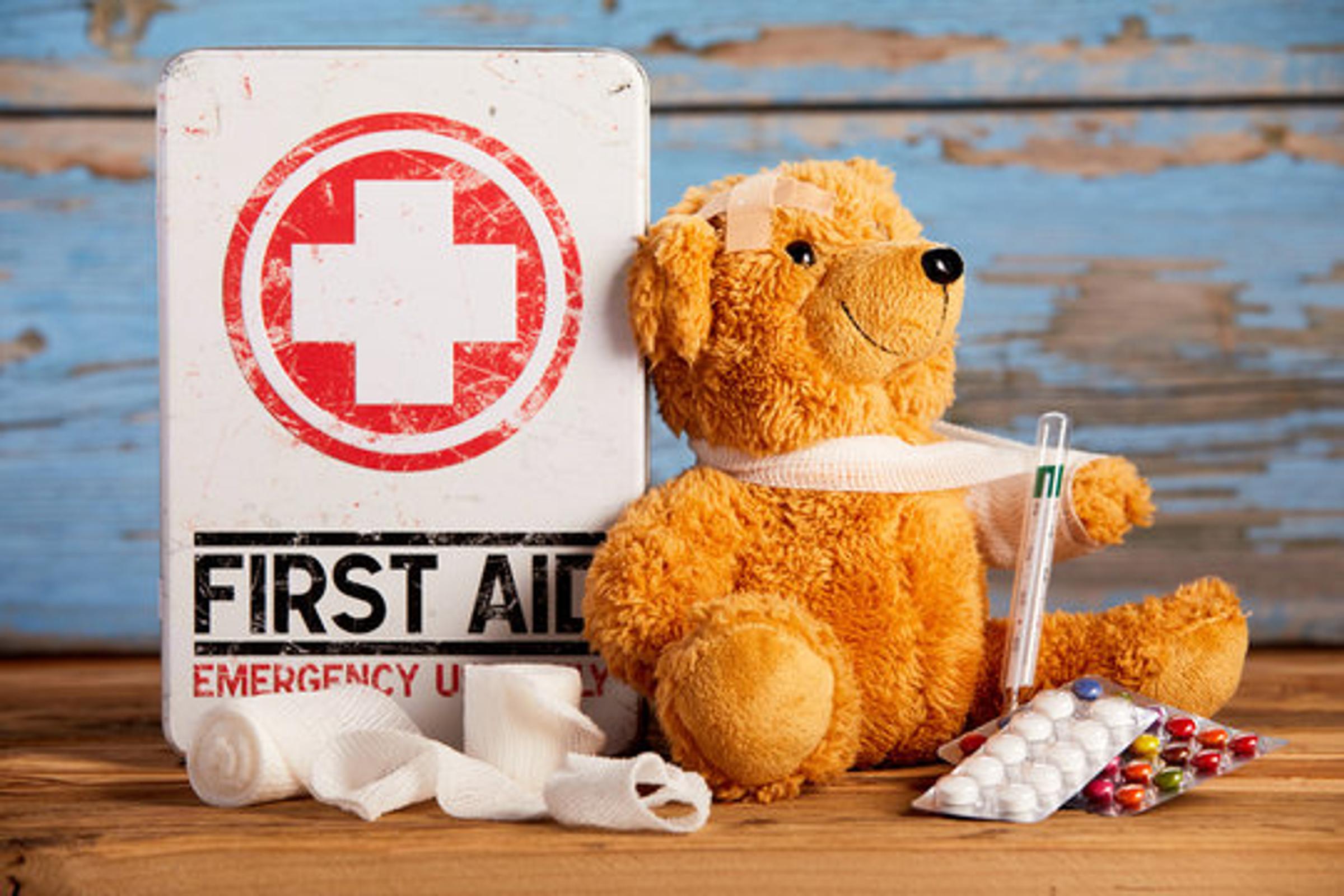First Aid News

Hay fever
Hay fever (allergic rhinitis) is an allergic reaction to environmental allergens such as pollens, dust mite, moulds and animal dander.
Avoiding allergic triggers and taking appropriate treatments are the best ways to reduce the frequency of hay fever symptoms.
Most people associate hay fever with spring, when airborne grass pollens are at their peak. This is known as seasonal allergic rhinitis or spring hay fever. However, hay fever can occur at any time of the year.
When symptoms occur all year round, this is known as perennial allergic rhinitis. Perennial allergic rhinitis is usually caused by a reaction to allergens such as house dust mites, moulds, animal dander or occupational allergens.
Symptoms of hay fever
Some of the immediate signs and symptoms of hay fever include:
- runny nose
- itchy nose
- sneezing
- itchy, watery eyes.
In some cases, the symptoms of hay fever can be so severe that a person can’t sleep or concentrate and may feel tired or unwell.
Hay fever is an allergic reaction
Your nose acts as a filter. The tiny hairs and mucus that line the nasal passages trap dust, pollens and other microscopic particles. A person with hay fever is allergic to some of the particles that get trapped in the nose, such as pollen.
An allergic reaction means the immune system treats a harmless substance as if it is dangerous, and launches an ‘attack’. The nasal passages become inflamed and more mucus is produced.
Suggestions to reduce symptoms
To prevent or limit symptoms of hay fever, minimise exposure to known allergens.
House dust mite minimisation:
- Wash sheets, pillowcases and other bedding weekly in hot water.
- Cover mattress, pillow and quilt with dust mite-resistant covers.
- Remove sheepskins or woollen underlays from the bed and bedroom.
- Remove soft toys from the bedroom.
Pet dander minimisation:
- Ensure pets are kept out of bedrooms.
- Keep pets outside.
Mould minimisation:
- Remove visible mould by cleaning with bleach or other mould reduction cleaners.
- Ensure adequate natural ventilation, including extractor fans.
- Avoid working with garden compost, mulch or mowing lawns.
- Remain indoors (when possible) during pollen seasons, particularly on windy days or after thunderstorms.
- Avoid activities known to cause exposure to pollen, such as mowing grass.
- Shower after outdoor activities where exposure to pollen is high.
- Use re-circulated air in the car when pollen levels are high.
- Wear sunglasses (reduces amount of pollen that gets into eyes).
- Dry bedding and clothing inside or in a tumble dryer.
For more information visit:
- Australasian Society of Clinical Immunology and Allergy (ASCIA)
- Asthma Australia Tel. 1800 278 462
- Allergy & Anaphylaxis Australia
First Aid Officer,
Brooke Witherow
